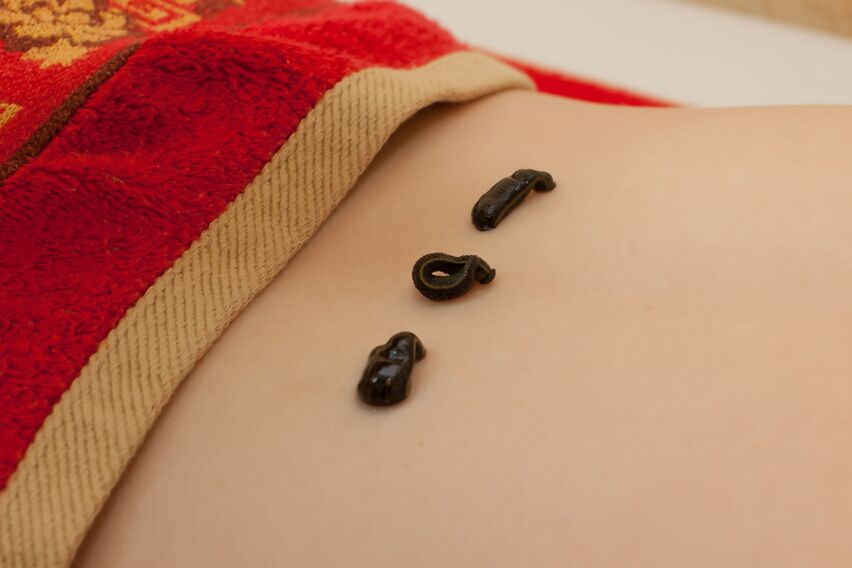
ICD-10 Code - Osteochondrosis of the Spine (M42)
Lumbar osteochondrosis is a degenerative dystrophic disease of the spine. This lumbosacral disease is one of the most common diseases in modern medicine. In both women and men, the disease causes temporary disability as well as disability.
Osteochondrosis of the lumbar spine has a chronic course that worsens over time.
source of disease
Medicine doesn't specify what might cause the condition in women and men. Therefore, we can conclude that the disease is multifactorial. The most popular theory about the development of the disease is a systemic process of tension in the muscular system, non-physiological muscle tension, and therefore overloading of the vertebral segments, deterioration of blood circulation. As a result, the intervertebral disc degenerates, leading to the occurrence of lumbar osteochondrosis.
The following causes are equally common in women and men:
- The reason is endocrine and metabolic disorders.
- Causes, including genetic predisposition to the disease.
- Caused by microtrauma and autoimmune diseases.
- Causes related to pathological processes of internal organs.
People most at risk of developing lumbar osteochondrosis are those with back injuries or sedentary conditions.
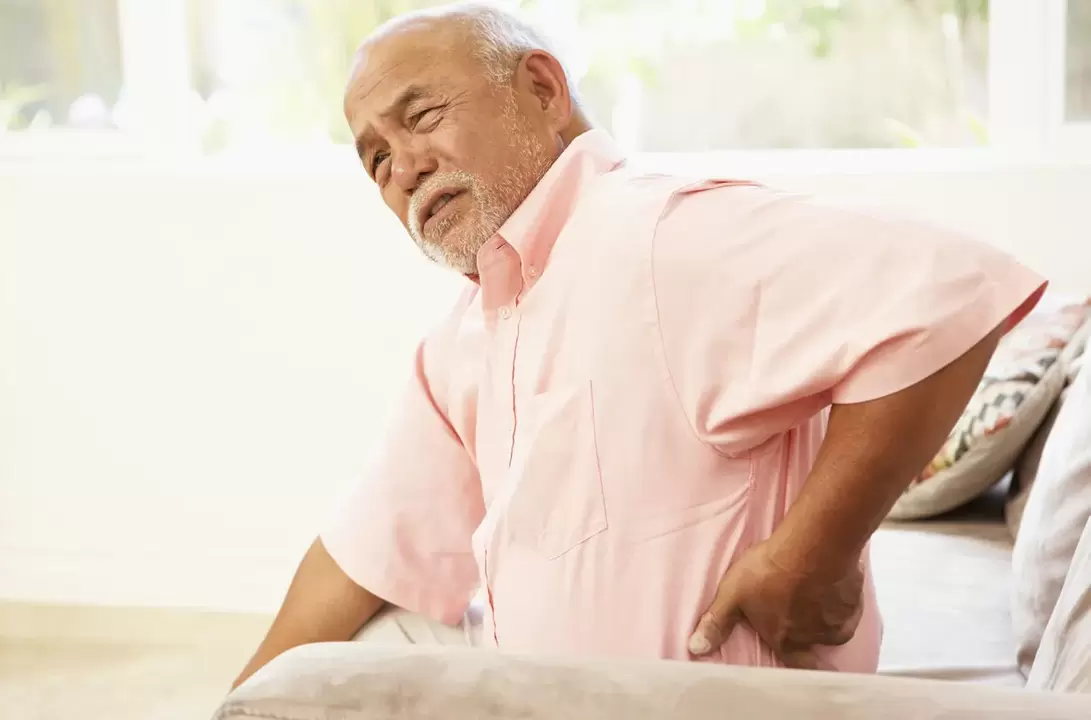
symptoms of disease
Medicine will highlight the following symptoms, which manifest in varying degrees in women and men:
- 1 degree.You can notice the appearance of pain, which causes nerve endings to become irritated. The lumbar spine has localized, acute or dull pain symptoms. The pain often manifests elsewhere, called a reflex. The following symptoms may also be noted: Impaired circulation to the extremities and ligaments and internal organs. Pain in the area where the ligament connects to the bone due to impaired blood circulation. Also note the seal of the area. Pain in the lumbosacral segment radiates to the lower extremities. The function of the urinary system may be disturbed.
- 2 degrees.You may notice symptoms of lumbar discomfort, persistent muscle fatigue.
- 3 degrees.There are symptoms associated with radiculopathy. This symptom caused by radiculopathy includes sensitivity to violation of the affected area. Symptoms associated with radiculopathy do not appear right away. When onset, symptoms are hypersensitivity, burning, and tingling. Subsequently, there is a numbness until complete loss of sensitivity. Symptoms associated with radiculopathy can lead to motor system dysfunction, including paralysis and atrophy. In addition, symptoms associated with radiculopathy are manifestations of pain, which is located along the length of the leg. In addition to the signs of radiculopathy, lower extremity sensitivity and motor function are also violated.
- 4 degrees.The pain symptoms of radiculopathy are less pronounced. At the same time, the range of motion of the spine is limited.
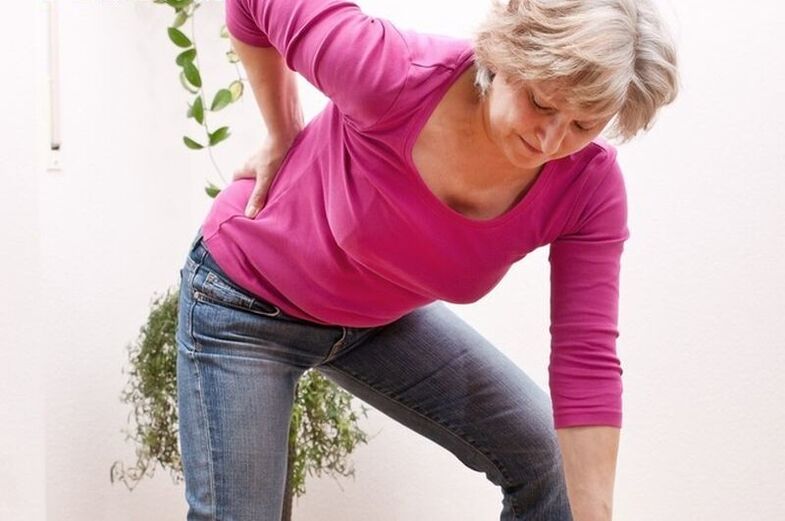
basic treatment
Doctors make a diagnosis based on a diagnosis. MRI, ECG, ultrasound, and other studies will help establish the correct diagnosis. You will also need an X-ray.
How is osteochondrosis of the lumbar spine treated in women and men? Osteochondrosis of the lumbar spine involves a complex treatment that lasts for a long time. Usually, this treatment works in the advanced stages of the disease, when there are multiple herniations or intervertebral hernias.
In each case, treatment should be strictly selected and administered individually.
The treatment of muscle spasms should be carried out with the help of drugs - muscle relaxants.

It is medically determined that treatment with muscle relaxants, as well as NSAIDs, physical therapy and massage classes can help with faster recovery.
Block as a remedy
Blockade of osteochondrosis involves injecting drugs into the affected area. Treatment with a method such as blockade will help with immediate pain relief. Blockade includes local anesthetics.
The most popular treatment in modern medicine is blocking neocaine. To reduce pain, blockade is performed every three days. It can also be noted that blockade of osteochondrosis is the safest treatment.

Generally, blockades do not cause side effects because the action of the drug is local. With each worsening of the disease, treatments such as lockdown can be used indefinitely.
Additionally, to reduce pain, blockers are used to eliminate inflammation, swelling and improve metabolism. In order to prolong the effect of treatment, methods such as blockade should include several drugs (neocaine and corticosteroids) at the same time. Blockade should be performed by an experienced doctor.
Proper nutrition is the key to good health
In the case of osteochondrosis, like any other disease, nutrition should be balanced, low-calorie, rich in various vitamins and minerals.
Nutrition for both women and men should be rich in collagen, like a chondroprotectant.
This ingredient is found in fish jelly and aspic. If you include asparagus in your diet, you can significantly improve the condition of your connective tissue. In addition, nutrition should include adequate fluid intake to maintain the condition of the disc tissue.
People with osteochondrosis have different diets. Which one is suitable for each specific case is determined by the attending physician.

Hoops as a means of prevention
Tools like hoops have been known since the days of our parents. Hoops are used both to improve well-being and to keep in shape. You can spin the hoop at home and in the gym. The most important advantage is the availability and simplicity of gymnastics.
However, treatment with a method such as a hoop has its drawbacks. Before twisting the hoop, you need to consult your doctor. If there is a hernia in the waist, it is strictly forbidden to twist the hoop. If a diagnosis of the thoracic spine is established, preventive exercise can be performed.
If you twist the hoop to a healthy person with osteochondrosis, you can improve the function of your back muscles. In addition, the hoop contributes to the active functioning of the vertebral body part, which is an excellent preventive measure.
In conclusion, it is worth noting that if you twist the hoop with lumbar osteochondrosis, the entire load falls on the affected area. The hoop can reduce the pain, but after a while it will come back again and with more force.
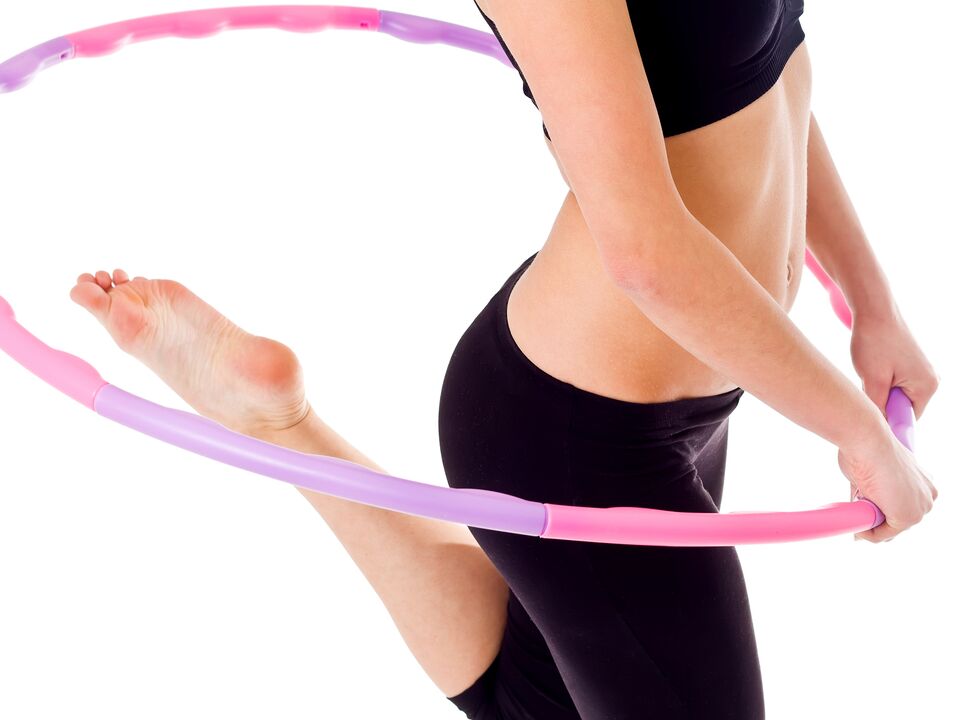
Leech therapy as a treatment for osteochondrosis
It is possible and possible to cure this disease with leech therapy! Leeches have therapeutic effects on the human body. Due to the action of the leech, the symptoms of pain are reduced, the therapeutic effect of the consumed drugs and sports is enhanced, and the recovery process of the patient is accelerated.
Treatment with leeches is a beneficial effect of the enzymes they produce. This enzyme is secreted with the help of leech saliva.
During treatment, doctors apply leeches to the affected area. Leeches bite through the upper layers of the skin, releasing saliva onto the skin that heals blood clots, prevents blood from clotting, and speeds up biochemical processes. In addition, the action of leeches is aimed at strengthening the walls of blood vessels and their dilation.
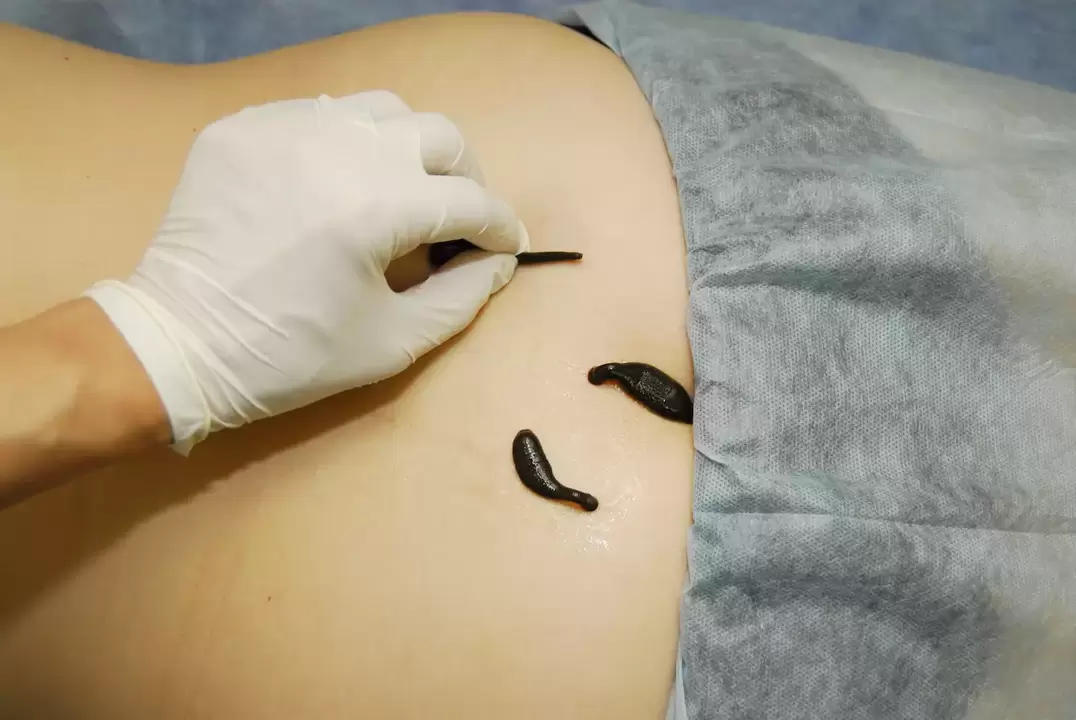
Medical leeches are completely sterile. To cure a disease with a leech, you need to follow a series of actions - the first two leech treatments should last no more than 30 minutes. The third session involved leeches that were physically present for an hour. The wound after the leech is not treated in any way, and the patient is not allowed to lie supine after the leech is removed. This is necessary to prevent bleeding.
Osteochondrosis in both women and men can be cured with 10 surgeries, with five days of rest between surgeries.
The most important rule: Seeing a doctor promptly will help avoid negative consequences.






























